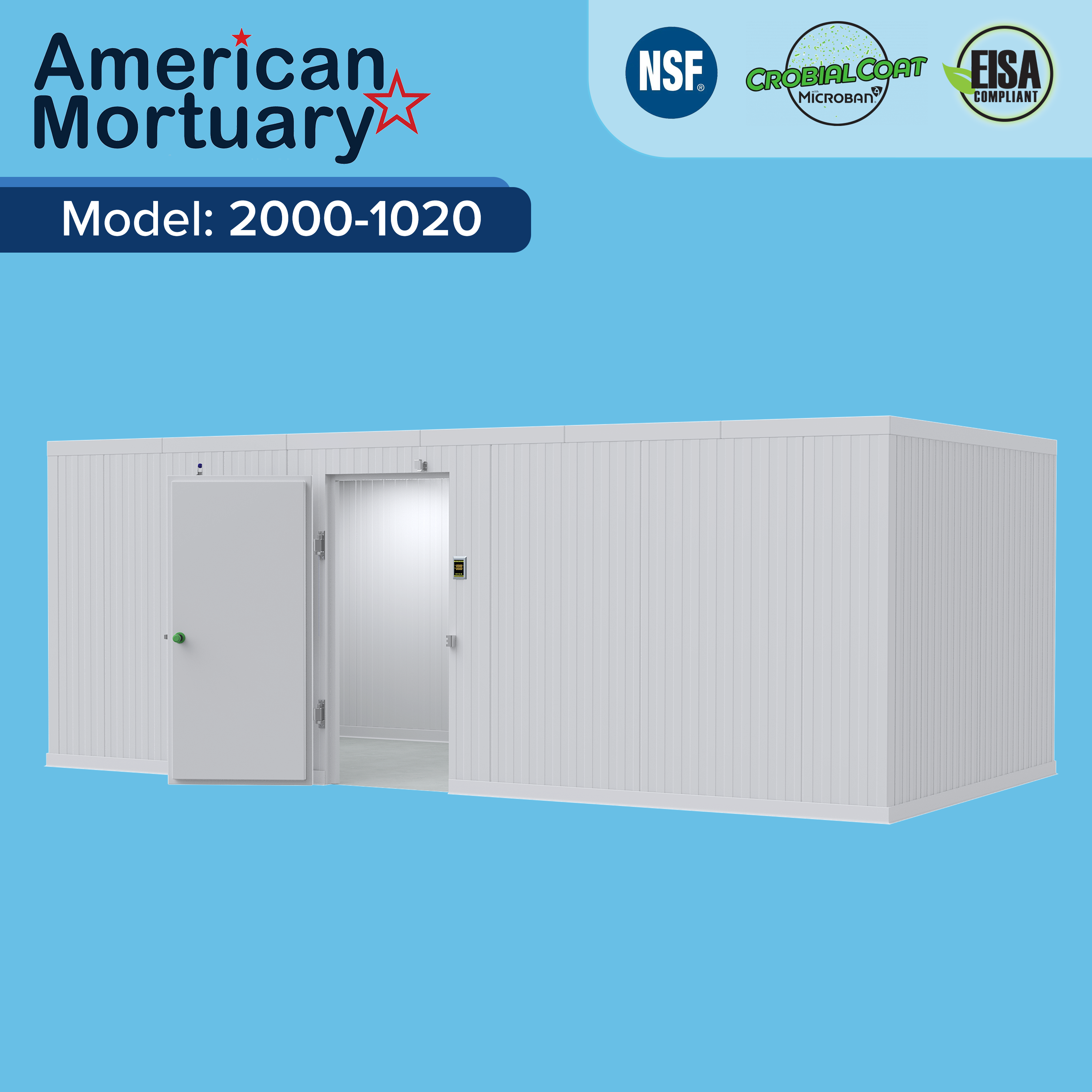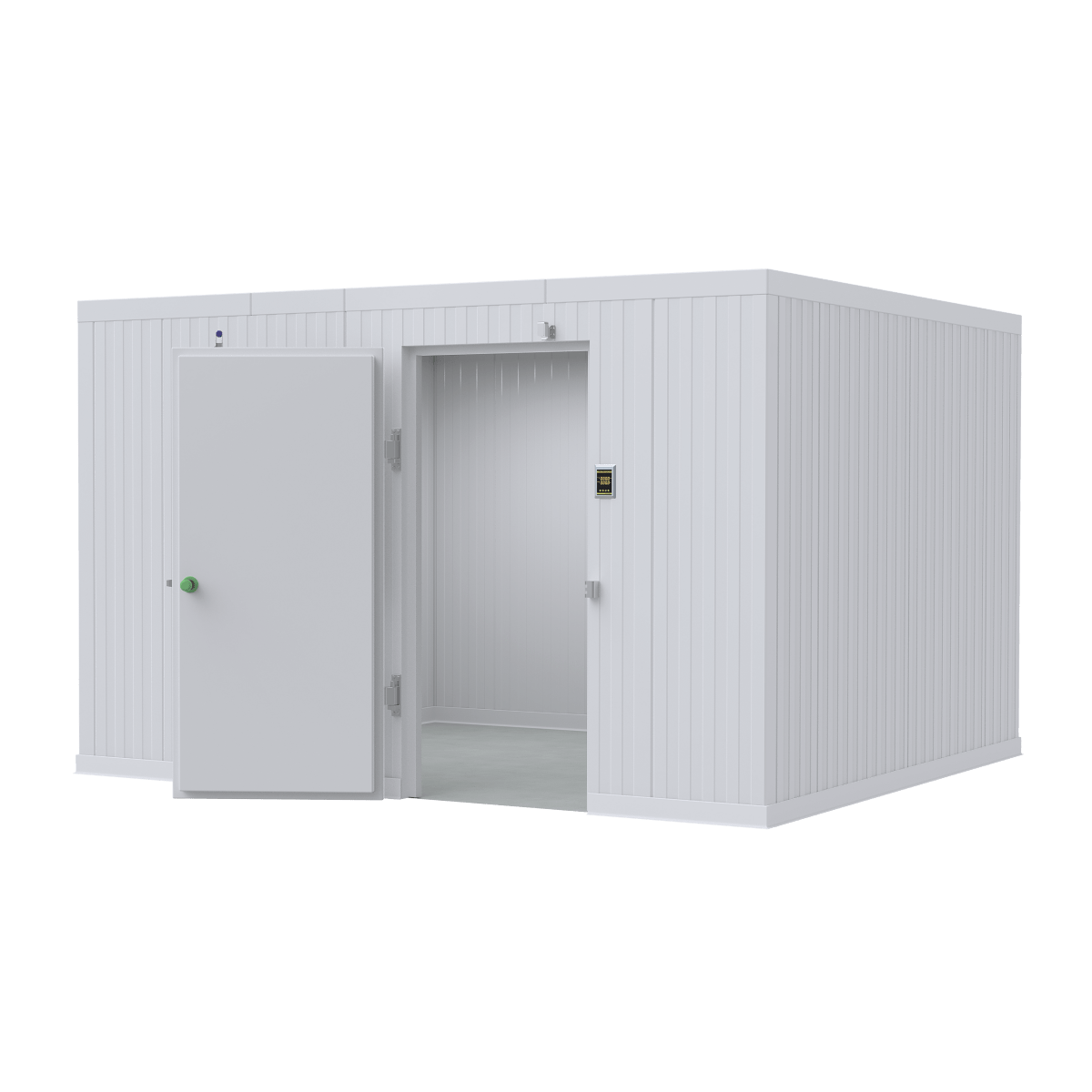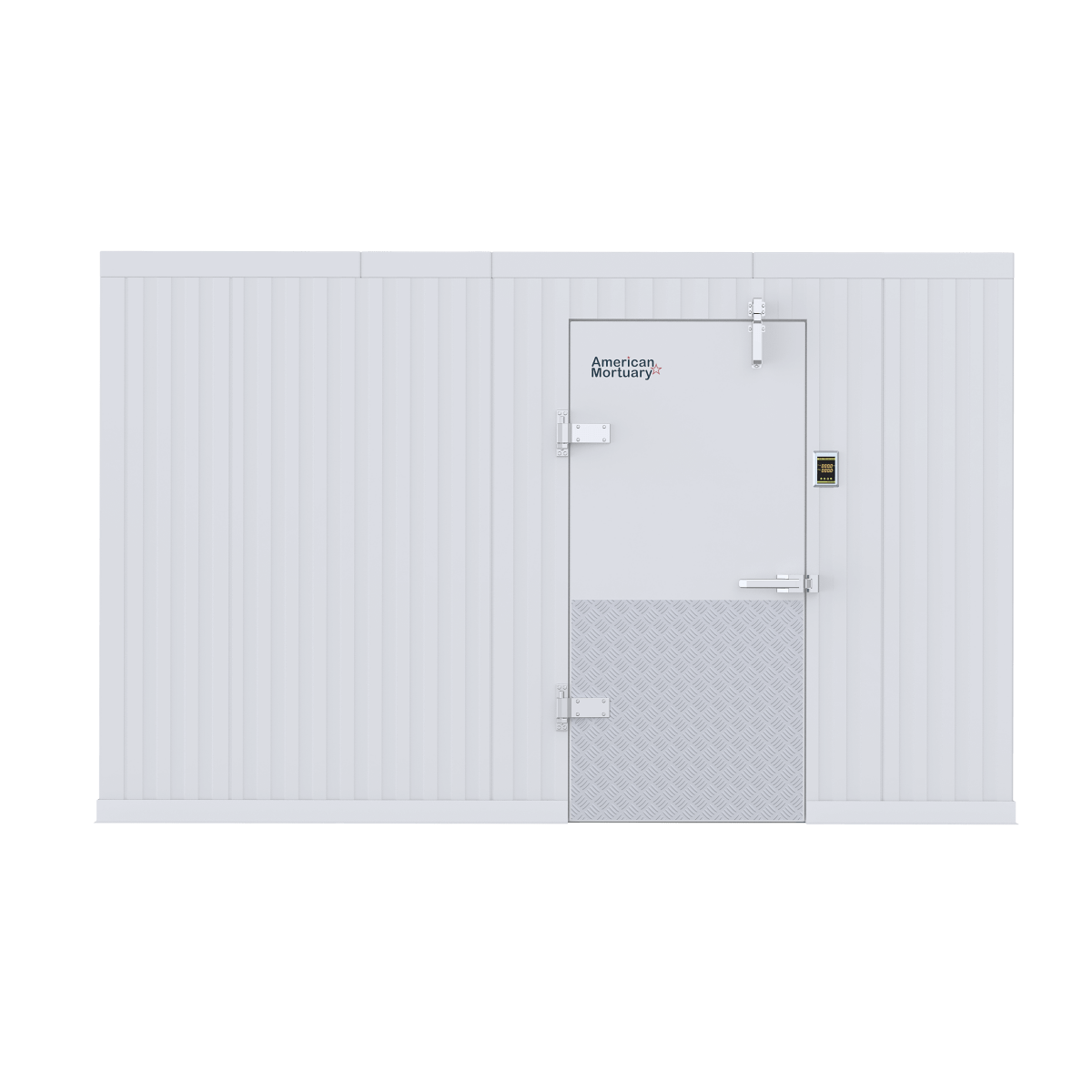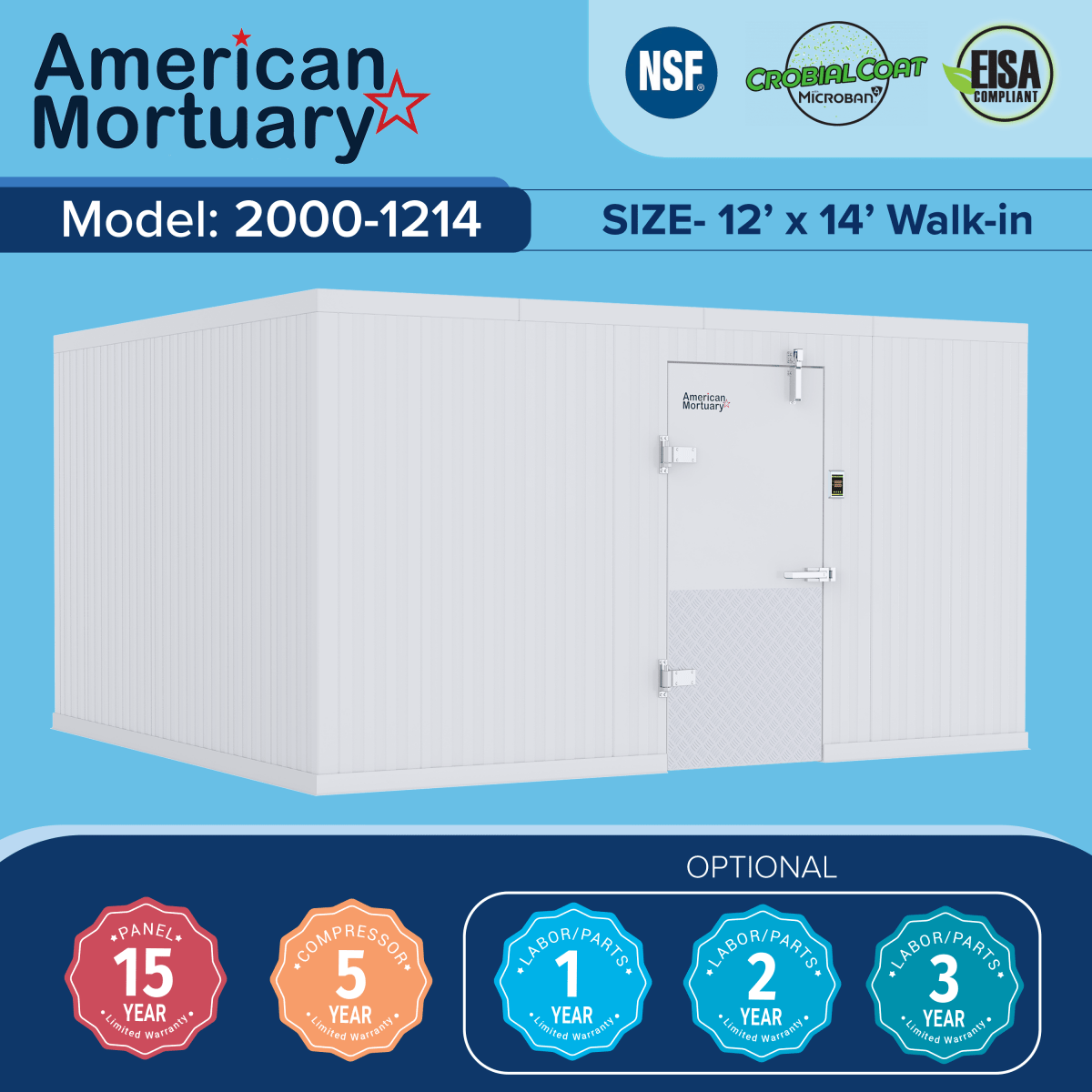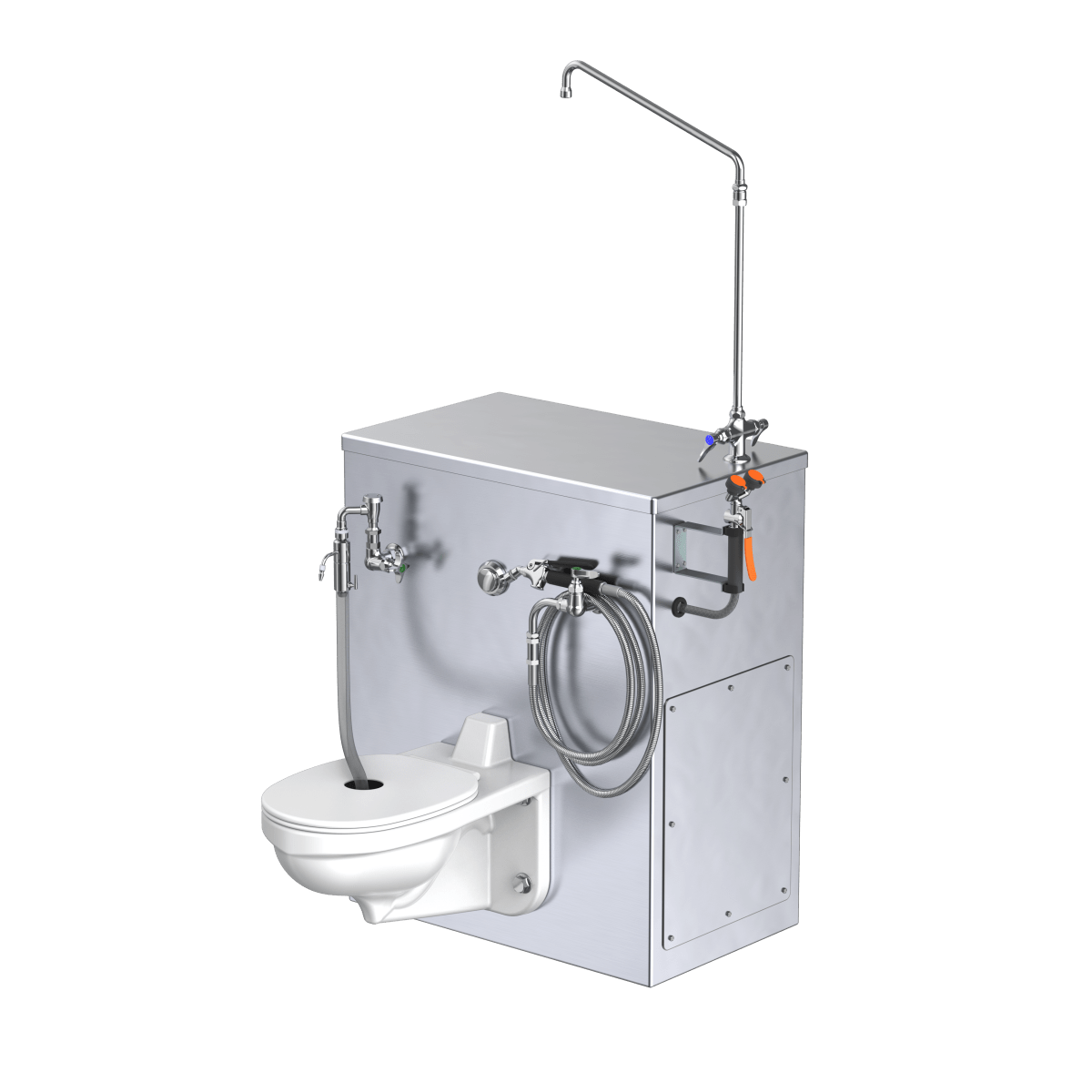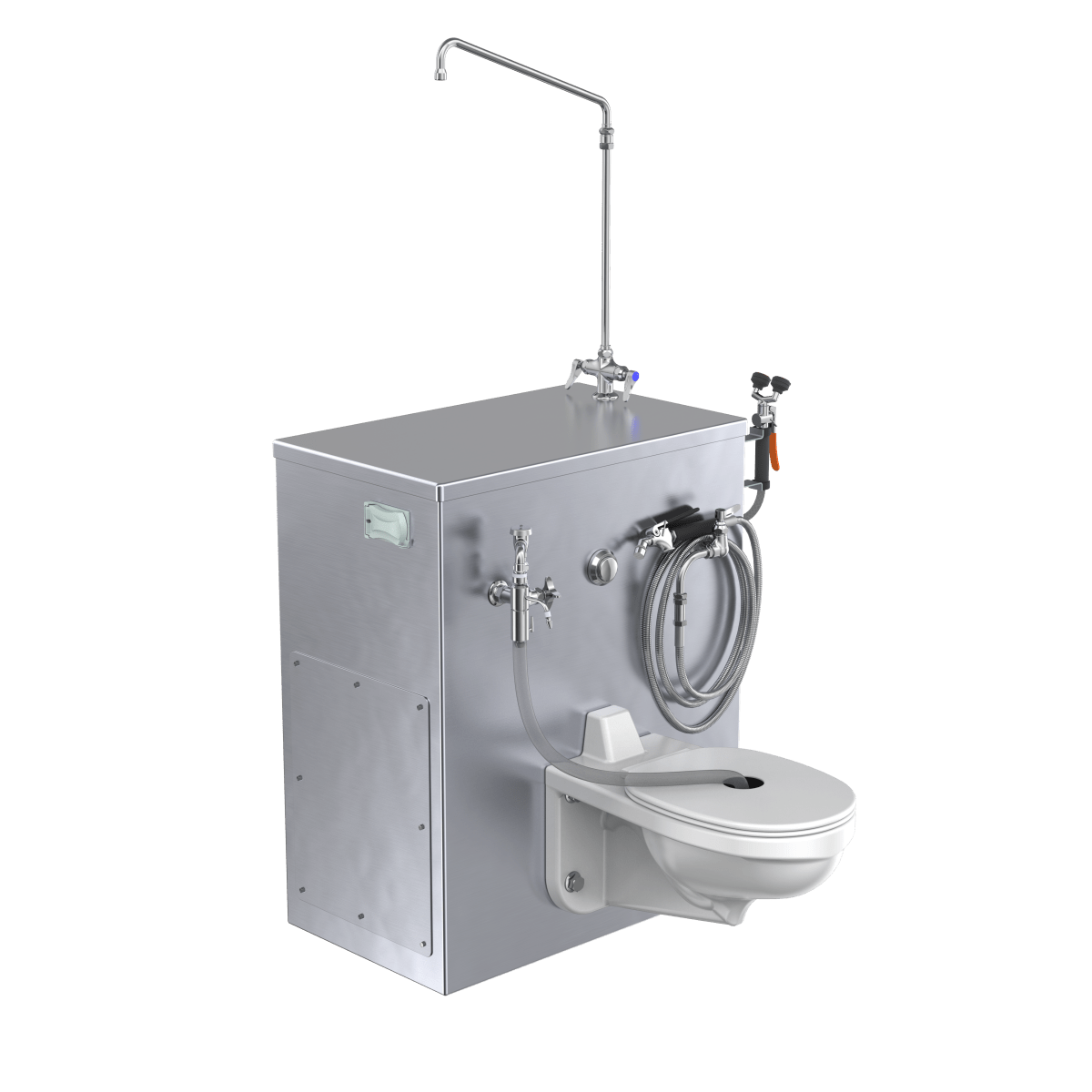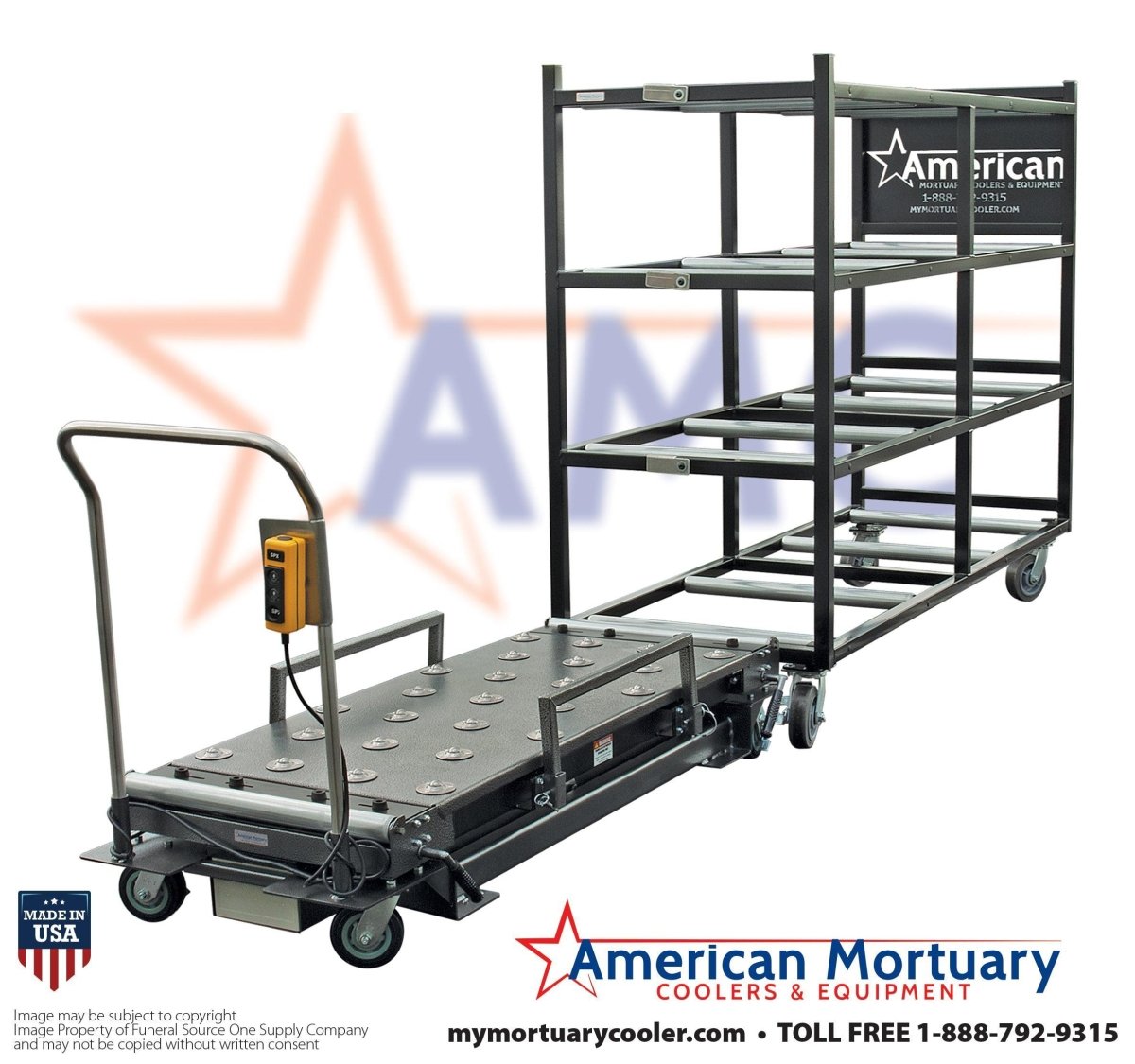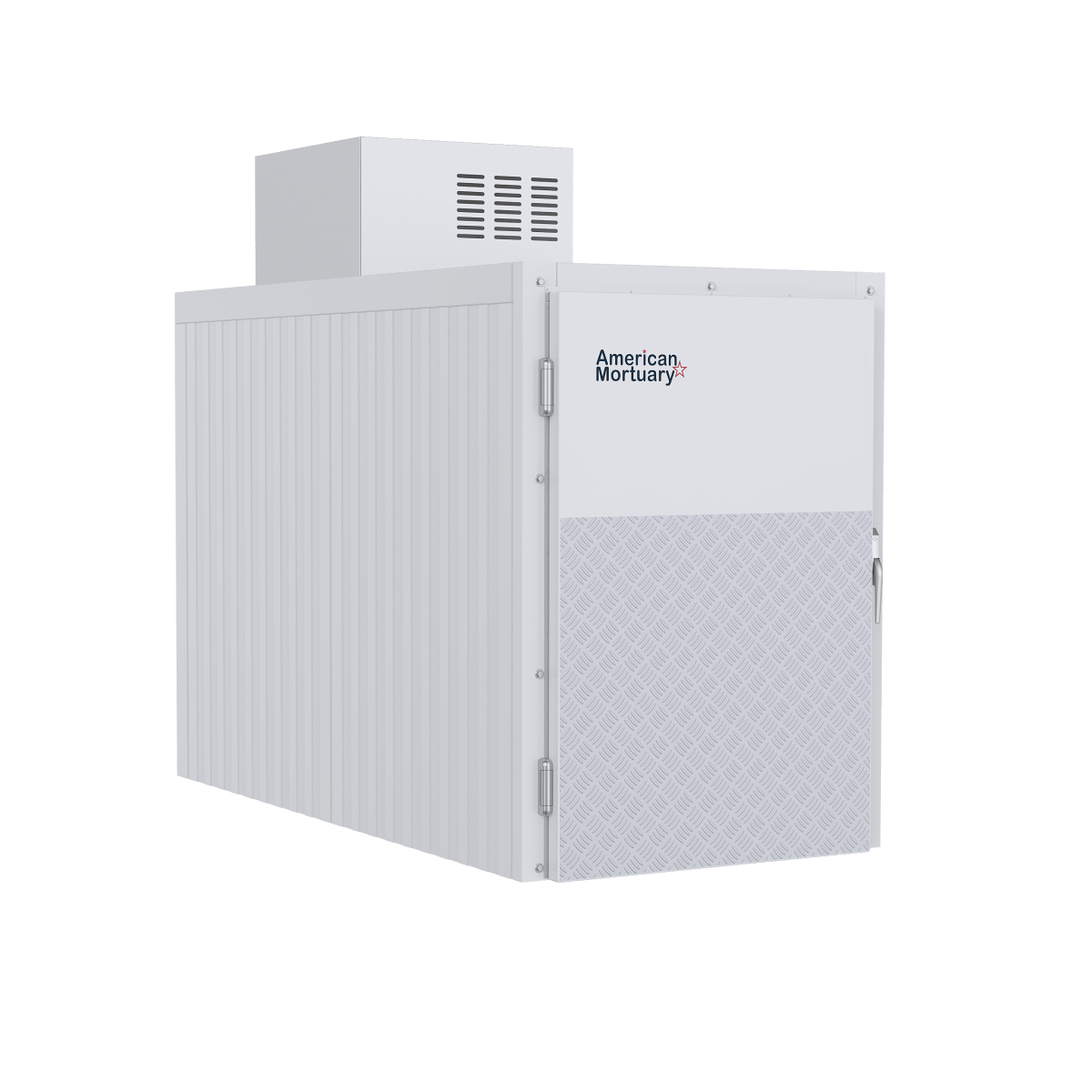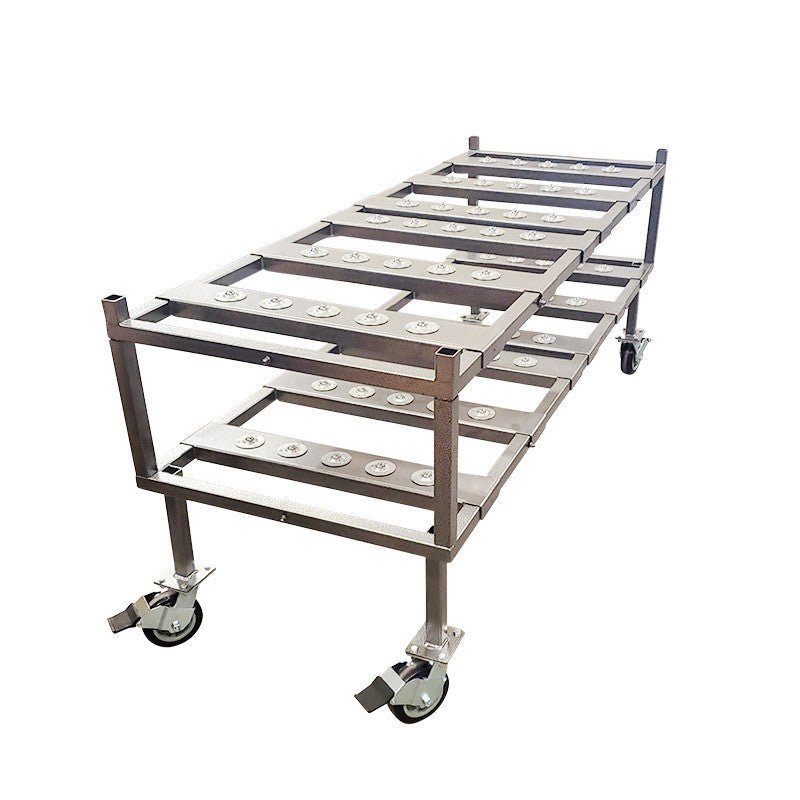Morgue Fridges: The Complete Guide to Cadaver Refrigeration
Introduction: Why Morgue Fridges Matter
A morgue fridge—sometimes called a mortuary cooler or cadaver refrigerator—is an indispensable piece of equipment for hospitals, funeral homes, mortuaries, medical examiner offices, and research labs. These specialized refrigeration units preserve human remains at low, controlled temperatures, maintaining dignity and hygiene until burial, cremation, or further examination.
As demand for reliable cadaver storage increases due to public health needs, population growth, and stricter health standards, morgue refrigeration plays an even more critical role. This article explores every aspect of morgue fridges, from their history and technology to their modern innovations and practical buying considerations.
The Role of Morgue Refrigeration in Modern Facilities
Morgue fridges serve several essential purposes:
-
Preservation of remains: Slows down decomposition and maintains dignity.
-
Public health protection: Prevents the spread of pathogens from deceased bodies.
-
Operational efficiency: Provides temporary storage during autopsy, embalming, or viewing arrangements.
-
Disaster readiness: Ensures preparedness for mass casualty events or pandemics.
Whether in a hospital pathology unit, a funeral home, or a military field operation, morgue fridges safeguard both the deceased and the living.
A Brief History of Cadaver Refrigeration
Before refrigeration, bodies were preserved with ice blocks, embalming chemicals, or natural cold environments. The first mortuary refrigerators emerged in the late 19th and early 20th centuries, coinciding with advancements in industrial cooling technology.
Over time, morgue refrigeration units evolved from simple cold boxes into sophisticated, stainless steel, energy-efficient coolers equipped with digital temperature controls, hygienic interiors, and modular configurations.
Today’s morgue fridges reflect decades of innovation, designed not only for preservation but also for compliance with international health regulations and funeral industry standards.
How Morgue Fridges Work
At their core, morgue fridges operate on the same principle as standard refrigeration:
-
Refrigerant Circulation – A compressor pushes refrigerant through coils.
-
Heat Removal – Warm air inside the fridge is absorbed and carried away.
-
Cooling Chamber – Internal temperatures are reduced to the standard range of 34°F to 39°F (1°C to 4°C).
-
Humidity & Airflow Control – Advanced morgue coolers manage both humidity and airflow to ensure uniform cooling.
Some high-capacity morgue fridges also feature redundant cooling systems, ensuring reliability even if one compressor fails.
Types of Morgue Fridges
Upright Body Coolers
-
Designed for limited space facilities.
-
Store 1–4 bodies vertically in stainless steel compartments.
-
Ideal for hospitals and small funeral homes.
Roll-In Body Coolers
-
Feature rolling racks or trays for easy transfer from cadaver lifts.
-
Common in medical examiners’ offices and research institutions.
-
Allow ergonomic handling of remains.
Walk-In Morgue Refrigeration Units
-
Custom-built for high-capacity needs.
-
Can accommodate dozens of bodies simultaneously.
-
Used in large hospitals, disaster management centers, and military facilities.
Vault-Style Morgue Fridges
-
Designed for long-term storage.
-
Often used in forensic labs and anatomical research centers.
-
Feature compartmentalized, stacked storage bays.
Portable & Mobile Morgue Coolers
-
Mounted on trailers or shipping containers.
-
Useful for field hospitals, disaster zones, and military operations.
-
Provide temporary but reliable cadaver storage.
Key Features to Look For in a Morgue Fridge
When selecting a cadaver cooler, facilities should consider:
-
Stainless steel construction (durability and hygiene).
-
Digital temperature control for accuracy.
-
Energy efficiency to reduce operational costs.
-
Ergonomic tray systems for staff safety.
-
Modular design for scalability.
-
Redundant cooling systems for reliability.
-
Compliance certifications (OSHA, CDC, EU standards).
Applications Beyond Hospitals & Funeral Homes
While hospitals and funeral homes are primary users, morgue fridges also play roles in:
-
Disaster preparedness – Emergency storage during mass fatalities.
-
Military operations – Deployed in war zones and field bases.
-
Research facilities – Used in medical schools and forensic institutes.
-
Veterinary medicine – For animal pathology and research labs.
Morgue Fridge Sizes & Capacity Considerations
Morgue refrigeration units range from single-body compact coolers to large-scale walk-in systems. Facilities should calculate storage capacity based on:
-
Average daily case volume.
-
Peak seasonal or emergency demand.
-
Available space for installation.
-
Future growth projections.
A funeral home might only need a 2–4 body upright cooler, while a teaching hospital may require a walk-in unit for 20+ cadavers.
Material Choices: Why Stainless Steel Matters
Stainless steel is the gold standard in morgue fridge construction due to its:
-
Corrosion resistance against bodily fluids and cleaning chemicals.
-
Ease of sanitation with smooth, non-porous surfaces.
-
Long-term durability under heavy use.
-
Professional appearance for families and inspectors.
Cheaper alternatives, like painted steel or aluminum, may corrode faster and require more maintenance.
Temperature Control & Energy Efficiency
Morgue fridges typically operate at 34°F to 39°F (1°C–4°C) for short-term storage. For extended preservation, some facilities use freezer units at -4°F (-20°C).
Energy-efficient models include:
-
LED lighting.
-
High-density insulation.
-
Smart defrost systems.
-
Variable-speed compressors.
These features help reduce utility costs and environmental impact.
Compliance & Regulations
Cadaver storage is regulated by health, safety, and funeral industry authorities. Depending on jurisdiction, morgue fridges must comply with:
-
OSHA (Occupational Safety and Health Administration) standards.
-
CDC infection control guidelines.
-
EPA environmental standards for refrigerants.
-
Local health department inspections.
Non-compliance can lead to fines, legal liabilities, or reputational damage.
Maintenance & Cleaning Best Practices
To maximize lifespan and hygiene:
-
Daily wipe-downs with hospital-grade disinfectants.
-
Weekly deep cleaning of trays, racks, and seals.
-
Monthly checks of temperature logs and compressor performance.
-
Annual professional servicing of refrigerant systems.
Proper maintenance ensures compliance, safety, and longer equipment lifespan.
Modern Innovations in Morgue Refrigeration
The future of morgue fridges is driven by innovation:
-
Digital monitoring systems with remote alerts.
-
Energy recovery ventilators for efficiency.
-
UV sterilization systems built into cooling chambers.
-
Custom modular coolers designed for specific case volumes.
These advancements improve safety, sustainability, and reliability.
Choosing the Right Supplier or Manufacturer
When investing in a morgue fridge, consider:
-
Reputation and experience of manufacturer.
-
Customization options for your facility’s needs.
-
Warranty and after-sales service.
-
Availability of replacement parts.
-
Compliance certifications.
A trusted supplier ensures long-term reliability and peace of mind.
Cost Factors & Buying Considerations
Pricing depends on:
-
Size and capacity (single-body vs walk-in).
-
Construction material (stainless steel vs cheaper alternatives).
-
Added features (digital controls, redundancy systems).
-
Custom vs standard build.
-
Small upright units: $5,000–$12,000
-
Mid-range roll-in coolers: $12,000–$25,000
-
Walk-in morgue refrigerators: $25,000–$100,000+
Frequently Asked Questions (FAQs)
What temperature should a morgue fridge be set at?
Most morgue fridges are set between 34°F and 39°F (1–4°C) for short-term storage.
How many bodies can a morgue fridge hold?
Capacity ranges from 1 body (compact units) to 50+ in large walk-in facilities.
Do morgue fridges require special installation?
Yes. Proper ventilation, drainage, and electrical connections are essential.
Can morgue fridges be customized?
Yes. Many manufacturers offer custom racks, door configurations, and sizes.
How long can a body be stored in a morgue fridge?
At standard temperatures, bodies can be stored for several weeks before decomposition progresses significantly.
Conclusion: The Future of Morgue Refrigeration
Morgue fridges have evolved into highly advanced, reliable systems designed for dignity, preservation, and compliance. From small funeral homes to large hospitals, these refrigeration units remain indispensable.
With growing demand, rising compliance standards, and new technologies, morgue fridges will continue to play a central role in modern healthcare, funeral services, and disaster preparedness.



